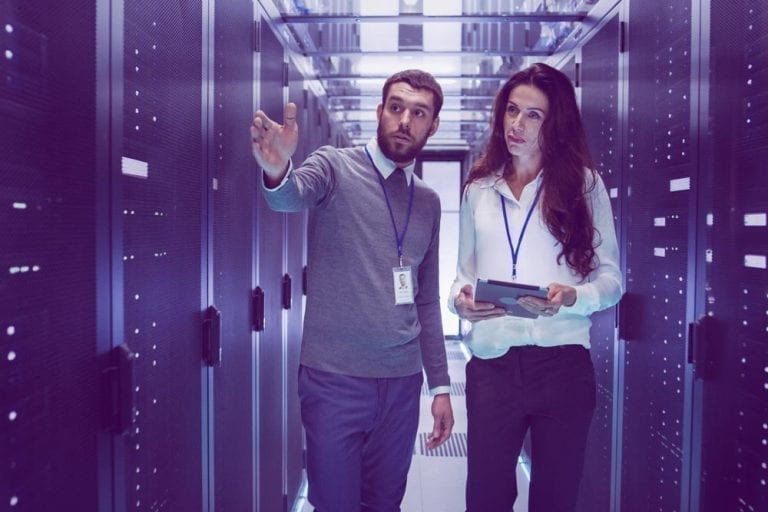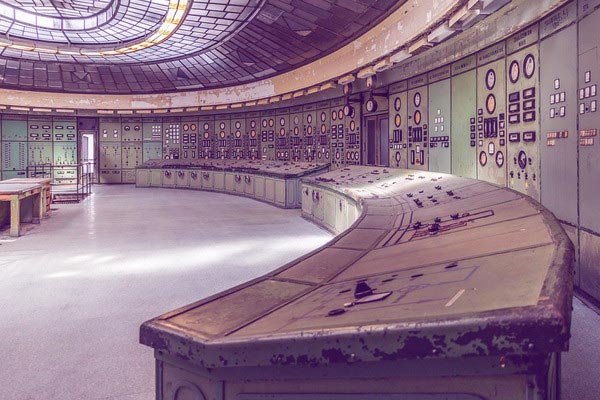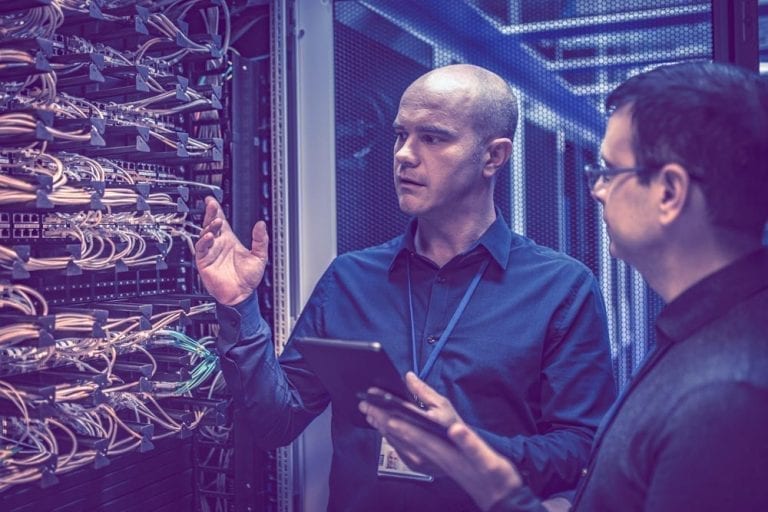
Mainframes for Dummies: What Non-Technical Folks Should Know about Mainframes

What do you think when you hear the word mainframe? If you imagine gigantic, outdated machines, then it’s time to educate yourself about what today’s mainframes are like and what they can do.
Mainframes in the popular imagination
The mainframe suffers from an image problem. Presumably, because mainframes were the first type of computer to enter common use, lay people tend to associate mainframes with vacuum tubes and the Cold War.
They assume that mainframes are huge, unwieldy, bug-prone machines with footprints the size of a parking lot that require a whole team of operators.
This image is accurate if you are talking about the mainframes of decades past. They were gigantic computers that were slow and unstable by today’s standards – though in their time, they were cutting-edge.
Mainframes today
Today’s mainframes are also cutting edge, even compared to the latest, greatest alternative types of computers.
Modern mainframes are about the size of a refrigerator – which makes them not very much larger than any other type of computer that you would find in a data center.
Today’s mainframes also boast state-of-the-art hardware. They are powered by modern processors, not vacuum tubes. Their networking and storage components are as reliable as any on the market.
Indeed, modern mainframes are distinguished by the following four characteristics:
- Speed – Special processors (like IBM’s z13) that are designed to handle very high processing speeds and transaction rates. The other types of computers that you’d find in a data center are built with processors from the x86 family, or occasionally ARM chips. X86 and ARM processors can’t support the enormous throughput of mainframes.
- Redundancy and reliability – Commodity servers aren’t designed to fail gracefully. Unless you set up automatic failover or a cluster – which adds more complexity to the system – your commodity servers are not particularly reliable. Mainframes are different.
A mainframe is not just a single computer, but a large conglomeration of many discrete components. If one component fails, the system does not crash. Plus, mainframes keep on ticking for decades, whereas commodity servers under constant load might last about five years, if you’re lucky. - Hardware modularity and flexibility – Being composed of discrete components also makes mainframes very modular. You can pick and choose exactly what goes into your mainframe to build a custom machine tailored for your use cases.
- Software flexibility – You can pick and choose which software environments to use on your mainframe, too. You can use the native mainframe operating system (which is z/OS in most cases today), or you can use Linux, which can be customized to no end.
Read our eBook
Mainframe Data for Modern Data Environments: Best Practices for Bridging the Gap
See how to overcome the four biggest challenges of leveraging mainframe data, and get tips and best practices for bridging the gap between mainframes and modern data environments to unlock the value of all your enterprise data.
Because mainframes offer these benefits, they are great for businesses that require massive processing power but don’t want to pay the high costs of the cloud or deal with the complexity of setting up and maintaining a distributed cluster of commodity servers. Mainframes are ideal for organizations that require real-time processing of massive amounts of data or need infrastructure that will last for decades.
So, if you think mainframes ceased to be relevant around the time of the Moon landings, think again. Mainframes remain one of the most powerful types of technology available today. (Related: 6 Industries Where Mainframe is Still King) That same statement was true fifty years ago, and it may still be true fifty years from now.
Connecting mainframe data to newer technology is an important area of interest for many enterprises today, but it is no easy task. For more info, read our eBook: Mainframe Data for Modern Data Environments: Best Practices for Bridging the Gap



